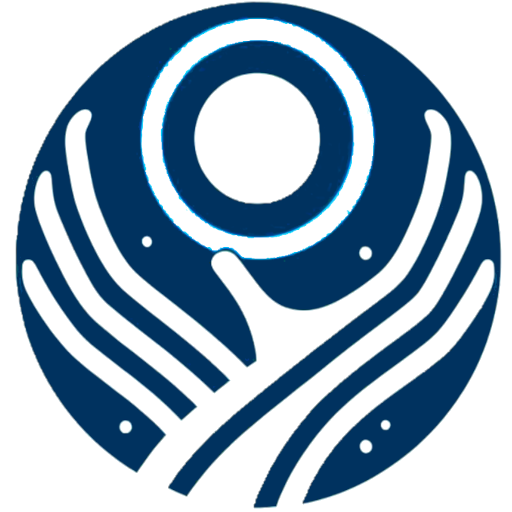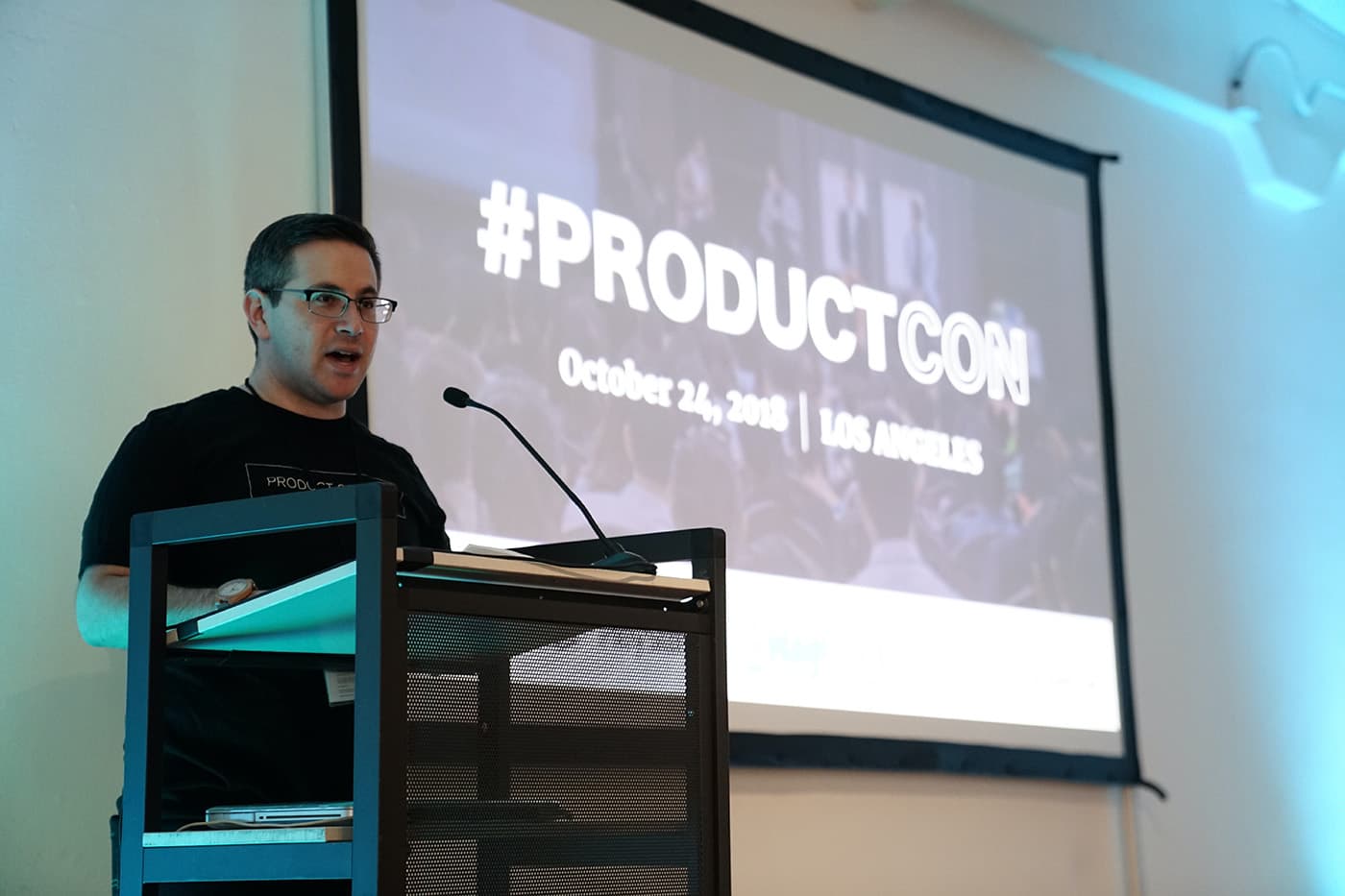What Is Doomscrolling?
Doomscrolling is the habit of consuming excessive negative news and information online, especially through social media. It’s not just passive reading. Every headline, comment, and disturbing update sinks in, creating a cycle of anxiety and distress. It’s more than staying informed; it’s absorbing the chaos of the world.
The Science Behind Doomscrolling
Dopamine and the Scroll Habit
Social media triggers dopamine release due to its unpredictable nature. Your brain craves the next update, reinforcing the scrolling habit. This cycle makes it hard to stop.
Fear and Anxiety Activation
Negative news activates the amygdala, the brain’s fear center. This leads to heightened emotional responses, increasing stress and unease.
Cognitive Biases at Play
Our minds are wired to focus on bad news. The negativity bias makes us pay more attention to distressing content. Confirmation bias leads us to seek news that aligns with our fears, making doomscrolling feel necessary even when it harms mental well-being.
The Mental Health Impact
Increased Anxiety and Depression
Constant exposure to negative news amplifies anxiety, stress, and depression. The relentless focus on bad news can create a sense of hopelessness.
Poor Sleep Quality
Blue light from screens disrupts circadian rhythms. Consuming distressing content before bed leads to restless nights and poor sleep quality.
Social Isolation
Ironically, too much screen time reduces meaningful in-person interactions. While doomscrolling keeps you online, it often deepens loneliness instead of fostering real connections.
Burnout and Compassion Fatigue
Overexposure to negative news can lead to emotional exhaustion and detachment. This is especially harmful for caregivers, reducing their ability to care for themselves and others.

Breaking Free from Doomscrolling
- Set Time Limits – Allocate specific times for news consumption and stick to them.
- Use News Aggregators – Rely on summarized reports instead of endless scrolling.
- Curate Your Feed – Follow positive or neutral content to balance your information intake.
- Engage in Offline Activities – Replace screen time with reading, exercise, or social interactions.
- Practice Mindfulness – Recognize when you’re falling into a doomscrolling loop and take a step back.
Doomscrolling may feel like staying informed, but it often harms mental health. By setting boundaries and focusing on balance, you can protect your well-being while still staying updated.
The Chaos Out There Is a Mirror for the Chaos Within
Doomscrolling often isn’t just about staying informed—it’s a form of distraction. It can be a way to avoid uncomfortable emotions, thoughts, or deeper discomforts. The more you scroll, the more fragmented your attention becomes. It’s like trying to calm yourself by staring into a storm—it doesn’t work.
Cultivating a Healthier Relationship with Information
- Curate Your News Sources – Stick to credible outlets that provide balanced reporting. Avoid sensationalist headlines designed to provoke emotional reactions.
- Limit Exposure to Negative Content – Use social media tools to mute or unfollow accounts that frequently share upsetting or unhelpful content.
- Seek Out Positive Content – Balance your feed with uplifting stories, nature content, or creative inspiration. Positivity can serve as an antidote to doomscrolling’s negativity.
- Engage in Acts of Kindness – Counteract helplessness by contributing to causes you care about, whether it’s volunteering, donating, or simply helping a neighbor.
- Prioritize Self-Care – Activities like meditation, physical exercise, and spending time outdoors can ground you and reduce the compulsion to scroll.
Doomscrolling may feel like staying informed, but it often harms mental health. By setting boundaries and focusing on balance, you can protect your well-being while still staying updated.
Strategies for Stepping Away
- Start Small – Add a grayscale filter to your phone to make it less appealing.
- Limit Access During Vulnerable Times – Restrict social media use during mornings, evenings, or when emotionally vulnerable.
- Replace the Urge to Scroll – Write down a thought, stretch, or sit in silence. Small grounding practices can disrupt the scrolling habit.
- Embrace Boredom – Allowing yourself to feel restless can lead to clarity and creativity.
The Role of Technology Companies
- Algorithmic Bias – Social media platforms often prioritize sensational and negative content, creating echo chambers.
- Transparency and Accountability – Demand transparency in how algorithms operate and how data is used.
- Development of Ethical AI – Advocate for algorithms that promote inclusivity, balance, and positivity.
Practical Tips and Challenges
- Set Time Limits – Use app timers to limit time on social media.
- Schedule “Scrolling-Free” Zones – Dedicate specific times to be phone-free.
- Turn Off Push Notifications – Reduce the constant temptation to check your phone.
- Curate Your Feed – Unfollow negative accounts and follow positive ones.
- Make Your Phone Less Appealing – Set your phone to grayscale mode.
- Replace the Habit – Replace scrolling with other activities.
- Practice Mindful Scrolling – Set intentions before checking social media.
- Create a “No-Phone Zone” – Keep your phone out of reach during meals and social gatherings.
- Engage in Activities That Ground You – Try mindfulness practices.
- Use Accountability Tools – Apps like Superhappy or Forest encourage mindful phone use.
- Digital Detox – Spend a day without social media.
- Screen-Free Mornings/Evenings – Start your day or wind down your evening without screens.
- Positive Content Only – Limit your consumption to uplifting content for a week.
- Boredom Embrace – Sit with your boredom for 10 minutes daily.
Doomscrolling may feel like staying informed, but it often harms mental health. By setting boundaries and focusing on balance, you can protect your well-being while still staying updated.











